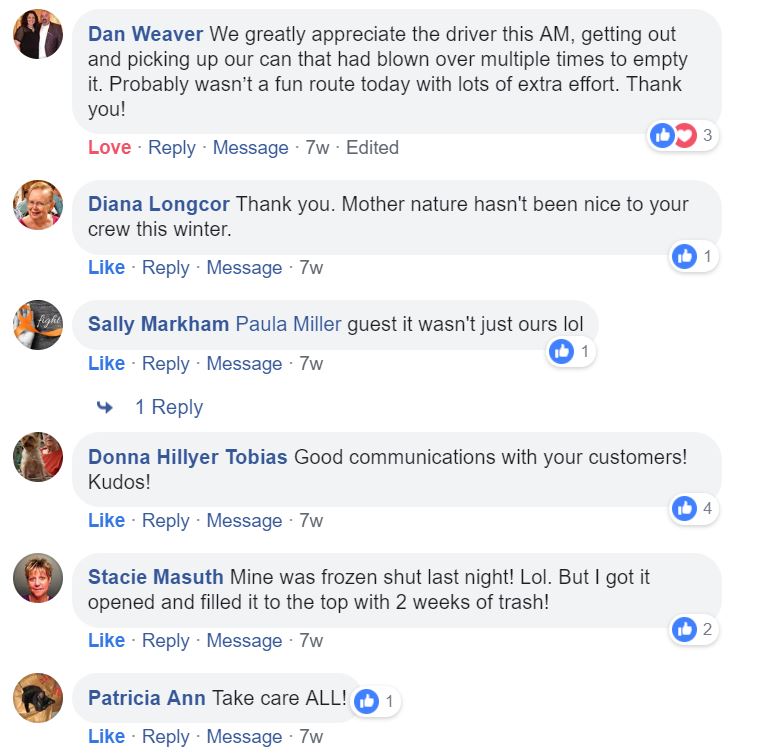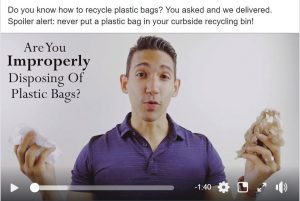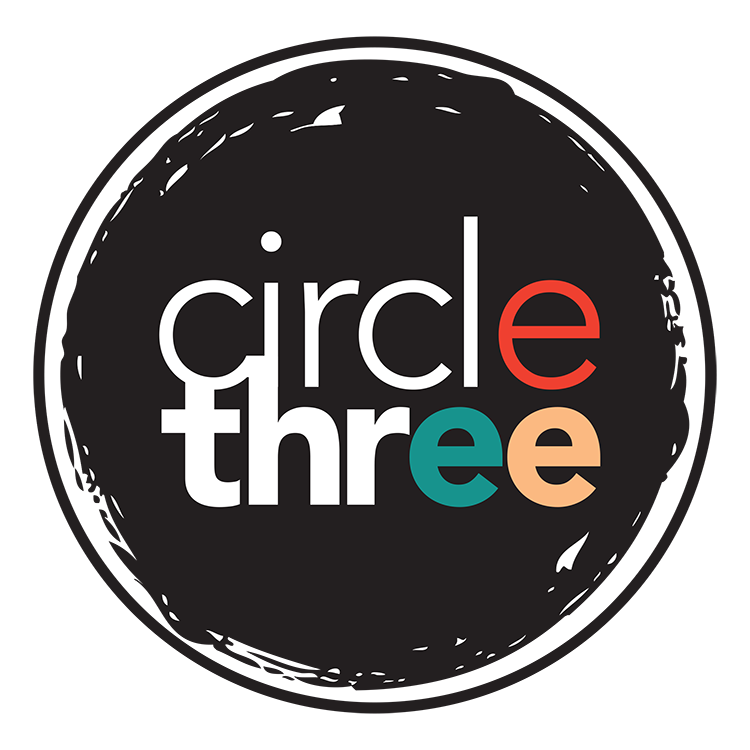The waste industry suffers from avoidable public relations problems. These problems are universal, and they increase operating costs, threaten relationships with your customers, feeding into the suspicion that the waste industry is not acting in the best interests of society and the environment.
Recycling branding efforts are growing in strength while changes in the industry taint this movement. Due to the widely reported news of commodity purchasers implementing higher standards for those recycled materials and the inability to meet those standards, customers are now asking: are you really recycling my things? Is it all just going to the landfill? Why am I paying you separately for trash and recycling collection if it is all being thrown away? What is going on behind the scenes? Can I trust you?
Conversely, we are also dealing with eager environmentalists tossing non-recyclable items into their single-stream cart with the misunderstanding that the hauler will sort it out later—after all, isn’t that what they are paying you for?—never knowing that this behavior adds unnecessary cost.
Most haulers publish some guidelines on how to recycle, or how to properly position their carts for automated curbside collection and other important topics, but the rules are just that: rules with very little explanation.
Marketing with educational content will help your customers understand the rules, adhere to them, reduce your costs and position you as the authority on waste, which makes your service even more valuable to them.
The Customer Mentality
Those of you with children may already know the secret to this strategy. When you lay down a household rule, the child’s impulse is to ask “why?” If you do not offer a suitable explanation and place it in a context that the child can understand, the child will find ways to bend the rule. For example, if you make a rule that your child must never cross the street without your supervision and fail to explain the rationale behind that rule, the child might obey and never cross the street without your supervision, but since you did not clarify why you have made this rule the child may decide that playing in the street right off the curb is perfectly fine. After all, he is definitely not crossing the street and that is what you warned him about. So, it goes with customers.
If you do not provide context for the important pieces of information that you supply, your customers will not adhere to your guidelines as strictly as they should. If the child had been aware that the parent was trying to protect him from cars, he might have made the connection that the street itself poses the danger—not simply the action of crossing it. Providing education helps your customers make the right decision for your business even when you are not there to clarify the finer points.
There are several profiles under which your customers might fit:
- Some customers may be unaware of the guidelines. Tell them. What does your “welcome packet” look like? When they first subscribe to your service, are you sending them an easy-to-understand, but thorough guide to how all the things they need to know? How about periodic reminders throughout the year? Is the information printed on paper or on something more robust that will not be discarded after the first read-through?
- Some customers may be aware of the rules, but they bend them. That is an indication that the hauler has not done a good enough job educating them on how their actions make a negative impact on the process—like increasing the cost of operations and the impact that has on their future cost to have their trash removed. Tell them why these rules exist in a way that they can understand.
- Other customers may be aware of the rules and disregard them. Their mindset might be, “Oh, the hauler will sort it out. That is what I am paying them for…” In this case, the hauler needs to educate the customer on why these actions have a direct impact on the customer—like an increase in rates.
- A growing portion of customers may simply be getting their information from bad sources. They have the best intentions but have been fed the wrong information from well-meaning blogs and influencers. One of the biggest examples of this is the improper disposal of plastic grocery bags. It is becoming better known that these bags can be recycled, but the part of the story many leave out is that they cannot be handled by the single-stream process. Your customer hears “plastic bags are recyclable” and they know you collect recycling, so guess where those bags end up. Channel their good intentions by educating them. Even if you cannot provide the solution, explain why not and show them how to solve the problem using credible sources.
Those of us in the industry take this knowledge for granted. It is common knowledge, right? It is actually not so common. You have privileged insider information and those outside of the industry do not have this same information because it is uncomfortable to think about. As a society, we have removed ourselves from the waste management process. Thinking about it now means confronting our habits, the amount of waste we generate, and what happens to the things we throw away.
You have the unique opportunity to get in front of your customers and help them make the right decisions by providing this knowledge in a way that makes sense to them. In doing this, you position yourself as the authority on waste disposal and increase the perceived value of the service you are offering. When it comes to a decision in service providers, your customers may look beyond price to see which provider they can trust for reliable information and responsible practices. You may already be the best hauler to fit their needs, but if you are not promoting this educational aspect through marketing, your customers do not see it.
Common Problems and Creative Solutions
Cart Placement
Let’s examine cart placement from the customer’s point of view. She places her cart near the curb, squeezing it in between two cars. It is a busy residential street and there is not much room. In her eyes, she has done the best she can. However, from your driver’s perspective this is frustrating. Since you have transitioned to automated side loading trucks, he does not have a helper on his route anymore. That means he must take the time to safely park the truck, get out and move the cart or empty it himself, and get back in. These steps slow down his productivity and increase the odds of an injury. The homeowner does not see it that way because she simply does not know, and she considered the job complete when she placed the cart out near the curb.
Some haulers do an excellent job resolving this issue with videos demonstrating the appropriate placement of the cart and an explanation of why this placement is so critical. Recall the earlier example of the child playing in the street. It is not enough for the child to know that crossing the street is dangerous. You have to make it relatable so that the child understands that cars can hurt him, and cars drive in the street—so if he stays out of the street, he will be safe. Make that same connection for your customers and leverage whatever marketing channels you already use to creatively drive the message home.
Schedule
Holidays and inclement weather days pose a regular challenge for some haulers. There is always a barrage of phone calls, e-mails and social media messages from customers whenever there is a potential schedule change. Do not wait until the holiday is close to educate your customers on where to find pertinent schedule change information. Remind them of ways to access your schedule on any communication platforms they use.

Also, take advantage of the schedule changes to reinforce your brand values. A hauler in the Midwest does outstanding customer service marketing when faced with ice and snow closures. They update their website, send out a quick e-mail blast, post the information on their social media, and they launch an automated phone call to go out to each customer explaining the changes. The aspect that sets them apart from the competition? They tell the customers that they are closing in order to keep their drivers safe and to ensure the safety of their community.
Instead of complaints due to the schedule change, they get messages from customers thanking them for being safe. The hauler lifted the veil and revealed what goes into deciding to suspend service for a day. They reinforced their brand values of being community- and safety-focused, and the customers ended up thanking them for the inconvenience. Their customers tagged their friends and neighbors on these posts to ensure everyone saw in the information, which caused their social following to grow 235 percent over the winter season. Not only did they effectively use marketing to communicate and educate the community, but they also earned a viral social boost for their efforts.
Safety is a big issue for haulers—safe disposal techniques for household hazardous waste, pedestrian safety around the trucks, and the measures your company takes to ensure customer safety. It is a public relations nightmare when hazardous waste is improperly disposed of and a truck catches fire because of it. Not only are you faced with the loss of equipment and the cleanup, but now you must also manage your customers’ concerns without damaging your brand or risking legal action.
Address these issues before they happen. If your customers understood from the very beginning how seriously you take their safety, they will be much more forgiving when there is an accident because they may understand all of the preventative measures you take on a daily basis to avoid these problems.
Consider weaving messages on safety into your regular marketing communications. Some haulers have seen improvement in safe disposal techniques by regularly publishing articles, posts or videos outlining how to dispose of household hazardous waste. Being the local leader on these topics has inspired more customers to interact with them and ask for additional topics to be addressed. They are well on the way to becoming authorities on disposal methods, which adds value to the cost of their services.
Another safety issue that occasionally comes up: noisy trucks must mean drivers are speeding, right? To the concerned parent, the noise a truck makes when accelerating out of a complete stop sounds like the revving engine of a speeding car—especially if your only frame of reference is consumer vehicles and not severe-duty trucks. A hauler addressed this very topic by filming their fleet manager answering the question—and then they went a step beyond this by demonstrating some of the many safety measures in place to ensure that the trucks are in the best condition and their drivers are focused on safety. The video was published on their website, blog and social platforms. When the issue comes up in a customer service call or message, the representative can lead them to the video for further explanation and education.
Recycling Contamination

Building on that theme, other haulers have made significant efforts to educate their customers on topic of proper disposal tactics for recyclables. This is another issue where if customers had more information on the recycling process, they might make better decisions that lead to fewer instances of contamination. What can you do to educate them? Much like safety, it needs to be a constant part of the conversation. Evaluate all the touchpoints your brand has with the public.
Consider how you might use each touchpoint to communicate some information on reducing recycling contamination. Are you writing about it in your regular newsletter? Have you made appearances in the local media to talk about it? Do you post about it? Could you swap out your hold music for brief messages on recycling best practices? Look for simple ways to weave this topic into your regular editorial calendar. Remember to explain why you have these rules or guidelines in place. When your customers understand the reasons for the rules, they will be much more likely to comply and apply that logic to scenarios not covered by your marketing.
Wrapping Up
In all cases, the solution is to leverage your marketing platforms to inform your customers and improve the communication in both directions. Enhanced consumer education will help your customers understand the rules, adhere to them, reduce your costs and position you as the authority on waste, which makes your service even more valuable to them.
This article was written by Jessica Shrout for the June 2019 issue of Waste Advantage Magazine.

